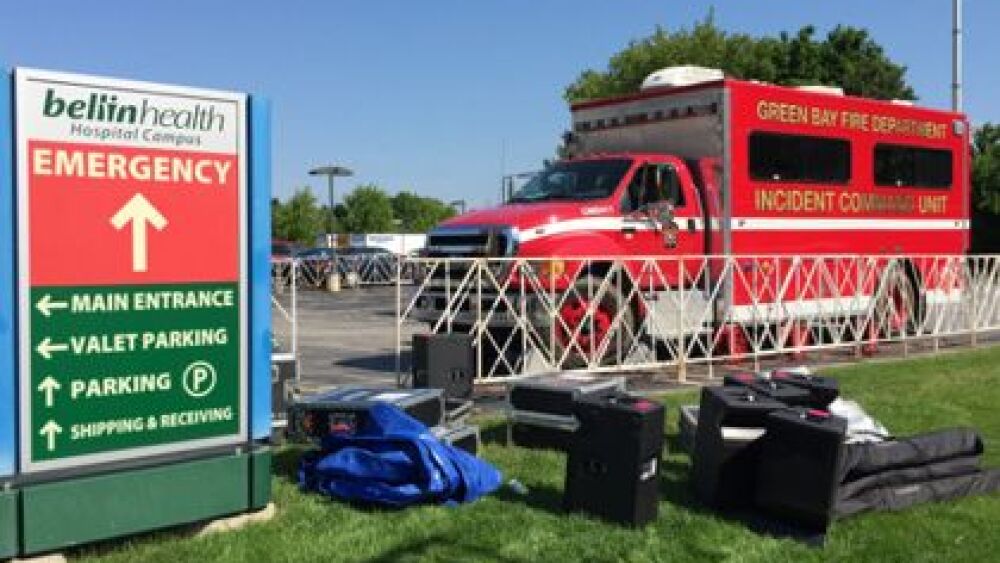Special event coverage can present major challenges for any EMS agency. For large events that cover great distances, the logistics of managing onsite, as well as nearby medical incidents can be very difficult. Large numbers of pedestrians, closed off roadways and being able to maintain staffing levels are all issues to be planned for and dealt with during the event.
A recent study on the response times to medical events during marathons, as well as the 30-day mortality rate documents the impact of major events of residents who live nearby the event. It appears that on marathon days, patients who needed an emergency medical response experienced a delay in receiving an ambulance and also suffered a worse mortality rate, than those who were transported on non-marathon days. While it makes intuitive sense, the data supports a more in-depth look at operational planning for major events.
Here are four tips to consider when planning for special event coverage:
1. The devil is in the details.
There are a myriad of operational issues to consider when planning a special event response. The size and type of crowds, the weather, duration of the event, location and geographic distribution of participants are just a few. Addressing these issues will in turn guide emergency management and EMS officials in the number of transport units needed, whether foot, bike or other motorized unit response vehicles should be utilized, the placement of evacuation locations, the need for stationary medical care and the support operations needed to manage all of it.
2. Think outside the (posting) box.
If the event is so large as to isolate neighborhoods from normal response locations, it becomes necessary to post transport units temporarily to these locations for better coverage. Protocols may need to be modified as to allow for longer scene times and even treat and release activities to occur, if transportation becomes a logistical impossibility.
3. Play in the sandbox together.
Large special events cannot be managed by any single agency. In addition to working with law enforcement and fire suppression agencies, permitting departments, public works, sanitation, private security firms and the event planners themselves may all have a stake in the logistical planning and implementation of event coverage. Receiving hospitals may need to be involved in order to plan for additional surge capacity in case of heat or drug intensive events.
4. Hope for the best, plan for the worst.
Large-scale events can be prime targets of either international or domestic terrorism. First responders need to be very conscious of their own safety as well as the safety of the event staff, volunteers and participants. Secondary violent acts present a very real potential in situations where large numbers of spectators are involved.
Large special events happen year round, not just in the spring and summer. EMS agencies are busy planning for the management of these otherwise joyful gatherings and providing the safety net for all involved.



